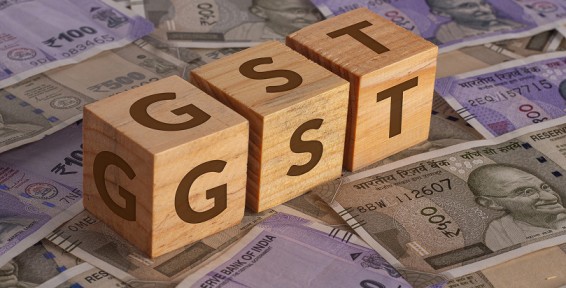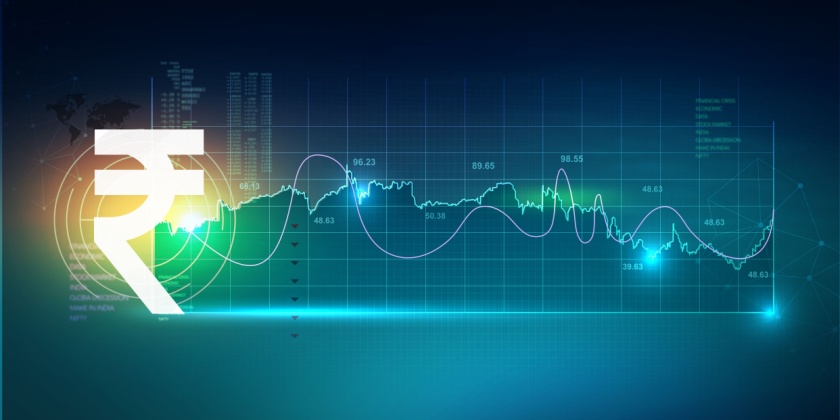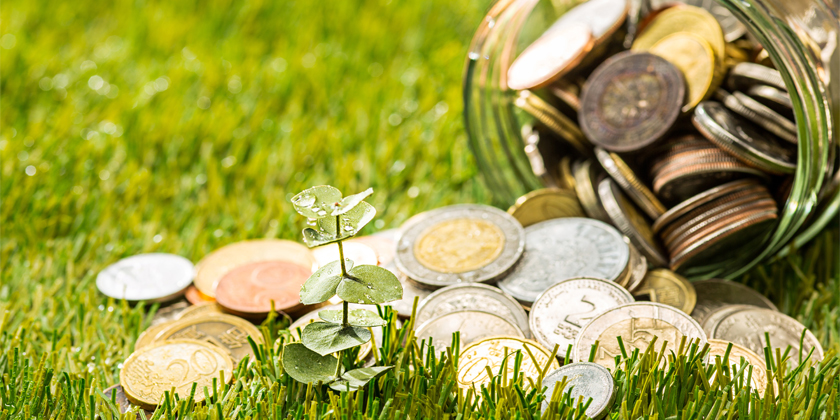Goods and Services Tax (GST) affects all consumers and businesses in India. It affects our expenditure on food, phone bills and how businesses price their services. In 2025, the Government of India announced an important update called Next-Gen GST Reform, which will become effective on 22nd September 2025.
This reform introduces a more simplified GST rate in India, reduces the tax on basic commodities and puts luxury and high-end products in a higher tax bracket. Here is a preview of the new GST rate list in 2025 according to the goods and services tax news, the difference between the current system, and what it will do to your day-to-day costs.
Current GST Tax Slabs in India (Before 21st September 2025)
The present GST regime comprises the following categories up to the time of the reform:
Exempt GST 0%: Fresh fruits, vegetables, milk, bread, and other basic goods.
5% GST: Household goods and packaged food.
12% GST: Processed foods, fruit juices, frozen meat, butter, ghee, nuts, etc.
18% GST: Services: Telecom, banking, restaurants, cosmetics, toiletries, toothpaste and capital goods.
28% GST: Luxury goods such as TVs, refrigerators, cement, luxurious cars, high-end bikes and tobacco goods.
Despite its effectiveness, this multi-tier system was the cause of confusion to both businesses and consumers.
GST New Slab 2025: What Has Changed?
A new, simplified structure has been approved by the GST Council and the new structure will be effective on 22nd September 2025. The goal is to simplify tax filing and reduce the burden on the common man.
The new categories of GST are as follows:
0% GST: Essential commodities are still exempt. Moreover, personal health and life insurance, exercise books and notebooks, maps and charts are also tax-exempt.
5% GST: Packaged goods, footwear, medicine, kitchenware, agricultural machinery, stationery and small household goods.
18% GST: Telecom, restaurant services, financial services, electronics (TVs, laptops, washing machines), cars (under 1200cc) and bikes (under 350cc), cement and hotel bills up to Rs.7,500.
40% GST (Special Slab): Luxury cars, luxury bikes, tobacco products, and soft drinks.
Simplification to Two Main GST Slabs: 5% and 18%
The most significant accomplishment of this reform is that several GST slab rates are combined into only two key ones:
- Daily-use and affordable items at 5% GST slab.
- Services and moderately priced goods are taxed at 18 per cent GST.
This transition makes the filing of GST in India more accessible to businesses and lowers the number of tax disputes since the confusing 12% and 28% slabs are eliminated.
Old vs New GST Rates (2025 Comparison Table)
Here’s a detailed look at how the new GST rate list 2025 will impact key items:
| Items | Current GST Rate (Till 21st Sep 2025) | New GST Rate (From 22nd Sep 2025) |
| Milk, Bread, Curd (Essentials) | Nil | Nil |
| Hair Oil, Shampoo, Toiletries | 18% | 5% |
| Butter, Ghee, Cheese | 12% | 5% |
| Personal Health & Life Insurance | 18% | Nil |
| Air Conditioners | 28% | 18% |
| TVs & Refrigerators | 28% | 18% |
| Small Cars (Below 1200cc) | 28% | 18% |
| Bikes (Below 350cc) | 28% | 18% |
| Tableware, Kitchenware, Bamboo Furniture | 12% | 5% |
| Stationery – Pencils, Charts, Exercise Books | 12% | 5% |
| Cement | 28% | 18% |
| Hotel Tariffs Up To ₹7500 | 12% | 5% |
| Agriculture Machinery | 12% | 5% |
| Aerated & Sugary Beverages | 28% | 40% |
| Luxury Cars & Premium Bikes | 28% | 40% |
| Tobacco & Cigarettes | 28% | 40% |
Which Items are Cheaper under the new GST rate List?
The reform will make most of the basic and domestic goods less expensive:
Insurance advantages: GST will not be paid on personal health and life insurance.
Consumable goods: Hair oil, shampoo, soaps and toiletries will be lowered to 5% instead of 18%.
Dairy products: Butter, ghee and cheese will become 5 per cent GST instead of 12 per cent.
Appliances: Television, washing machines, fridges, and air conditioners will be cut down to 18 per cent.
Automotives: Mini cars and bikes will be subjected to 18 percent tax compared to 28 percent.
Stationery: Stationery has been relieved, or in the case of exercise books, notebooks, pencils and charts, at 5 percent.
Hotel tariffs: A lower GST of 5 per cent will now be applied to rooms with rates lower than Rs.7,500.
As a result of these reductions, middle-class households will save more on household goods, education, and medical services.
What Remains the Same in GST 2025?
Some categories of GST rates in India will not change:
- Daily essentials: Milk, fruits, vegetables, and bread will stay GST-free.
- Core services: Telecom, banking, restaurants, and financial services will continue to be under the 18% slab.
- Education sector: No significant changes, still enjoying lower or exempt rates.
What Becomes More Expensive in the New GST Slab?
To balance revenue, the government has increased taxes on luxury and high-end goods. Items moving to the 40% GST slab include:
- Luxury and premium cars.
- High-end bikes.
- Tobacco and cigarettes.
- Aerated and caffeinated drinks.
This measure ensures that while essentials are cheaper, luxury consumption faces higher taxes.
Advantages of the GST New Rate List 2025
The new GST tax slab has a number of advantages:
Streamlined format: It is easy to file and comply with fewer tax slabs.
Consumer relief: Reduction in taxation on the basic household items and services.
Motivation to buy insurance: The GST deduction on the health and life insurance will lead to higher rates of coverage.
Favour upper-middle-income consumer goods: Household goods and appliances at an affordable cost.
Equal taxation: Luxury goods will be charged a higher rate resulting in a fair collection of revenue.
Implementation Timeline
New GST rate slabs will be effective starting 22nd September 2025 across India. This has given businesses room to adapt their billing systems and prepare for the change.
Conclusion
New GST rates in India 2025 represent a significant reform in the Indian taxation system. The system has now been simplified with only three main slabs (0%, 5%, 18%) and one premium slab (40%). The basic needs and home goods will be less expensive, whereas luxuries will be taxed at a higher rate.
This reform balances the consumer relief and the needs of the government in terms of revenue, hence GST is more reasonable and easier to understand. To ordinary folks, this means lower prices on essential items and higher savings in their daily lives.
FAQs on GST New Rate List 2025
Q1. What goods have moved to the 5% GST?
There are new items included in the 5 per cent category such as hair oil, shampoo, toiletries, butter, ghee, cheese, stationery, hotel tariffs under Rs.7,500 and agricultural machinery.
Q2. What services does the 18 per cent GST apply to?
Telecom, restaurants, banking and financial services are in the 18% category.
Q3. What products will be priced higher?
There will be a 40 per cent GST on luxury cars, high-end bikes, tobacco products and carbonated drinks.
Q4. When are the new GST rates to be enforced?
The new rates shall come into effect on September 22, 2025.
Q5. What improvements will the new GST bring to the ordinary citizen?
Setting aside the insurance, household appliances, toiletries, packaged foods and other everyday consumer products will become more affordable, reducing the expenditure of the household.
Q6. Do the new GST rates of 2025 affect educational services?
No, the majority of educational services are either tax-exempt or in the lower tax bracket thus making them affordable.
Q7. Will new GST rates make hotel stays cheaper?
Yes, hotel tariffs upto Rs.7,500 will now attract only 5 per cent GST instead of the earlier 12 per cent, making stays more affordable.
Q8. Will there be a rate change on things that were in the 28% GST bracket?
The 28% category has been cut to the 18% category, which includes many items like cement, TVs, air conditioners, and small cars.
Q9. Will GST on gold change in 2025?
No, while other commodities were shifted into simplified GST slabs of 5%, 18%, and 40%, gold will continue to remain under a separate fixed slab of 3%, along with a additional5% on making charges.
Recommended Read: Savings on long term capital gains tax










